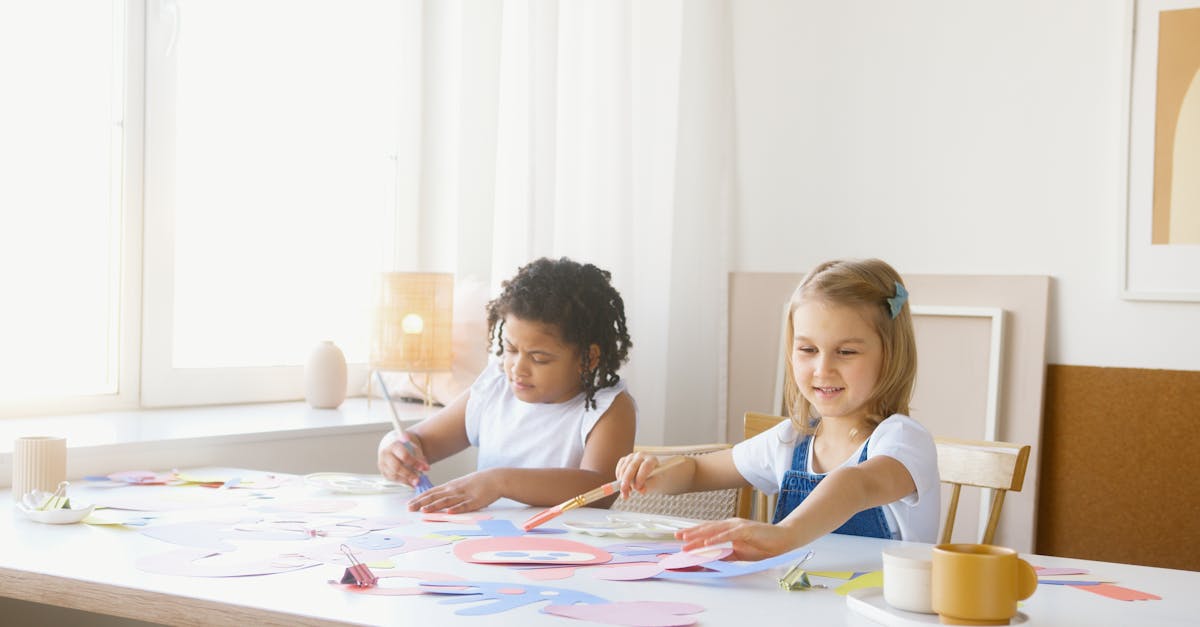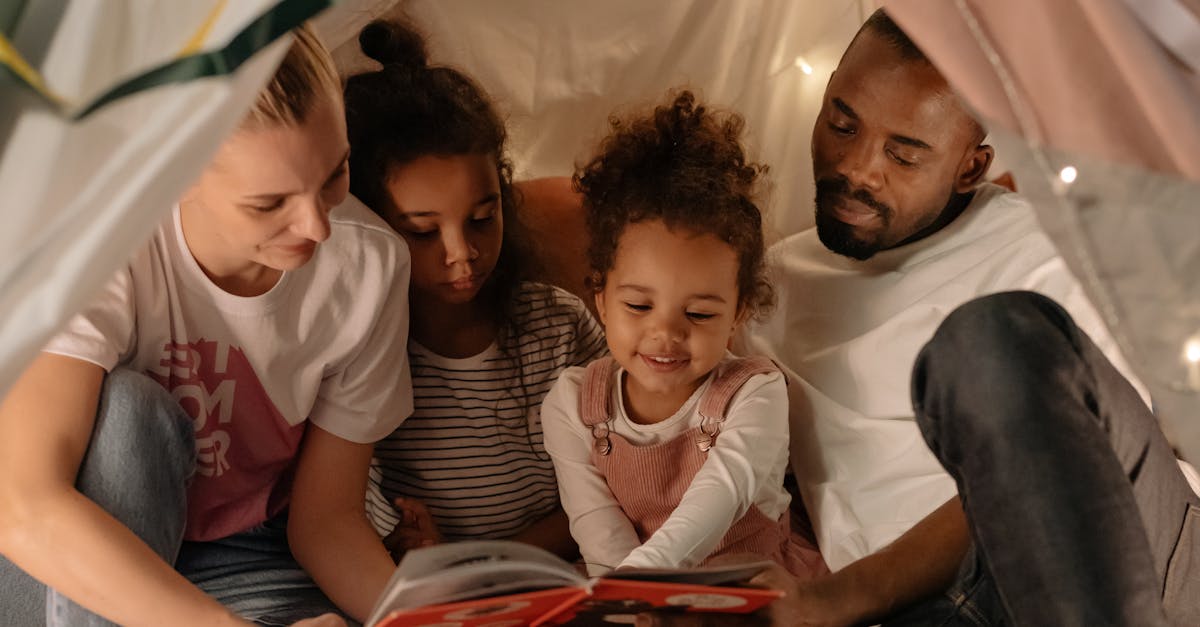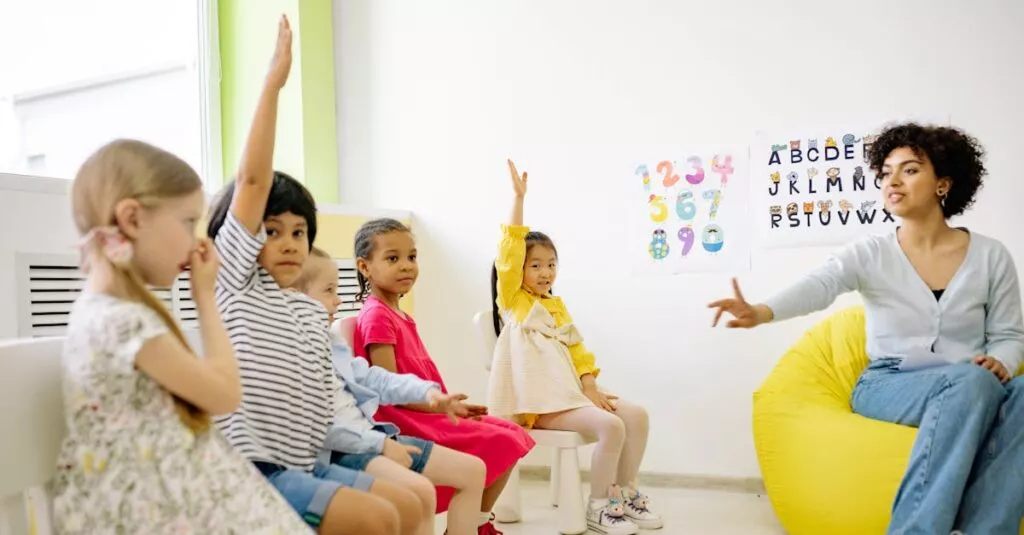Why Boundaries Matter
Kids need to understand boundaries to ensure their safety and well-being. Teaching them about personal space helps in building respect for themselves and others. It prevents conflicts and fosters healthy relationships.
Start the discussion with your child by explaining that everyone has an invisible bubble around them that only certain people can enter.

Using Books and Stories
Books and stories are wonderful resources to explain physical boundaries. Choose age-appropriate books that depict characters learning about personal space and respect. Reading together not only educates but also provides quality bonding time. Follow up with questions about the story to reinforce learning.

Role-Playing for Learning
Role-playing can make learning fun and memorable for your child. Act out scenarios where they practice asking for consent before touching someone or entering their personal space. This interactive method helps them understand the concept better and apply it in real-life situations.

Encouraging Communication
Open communication is crucial. Encourage your child to express how they feel when someone invades their space. Teach them polite phrases they can use to tell others to step back, and assure them it’s okay to seek help from an adult if they feel uncomfortable.

Modeling Respectful Behavior
Children often learn best by example. Model respectful behavior by asking permission before hugging or touching them. Respect their personal space and choices. When they see you practicing what you preach, they are more likely to internalize these lessons.

Dealing with Emotional Hurdles
Kids can face emotional challenges when learning about boundaries. They might feel confused, frustrated, or rejected.
Validate their feelings and assure them that it’s okay to feel this way.
Share personal anecdotes of times when you had to learn about boundaries, and how it made your relationships healthier.

